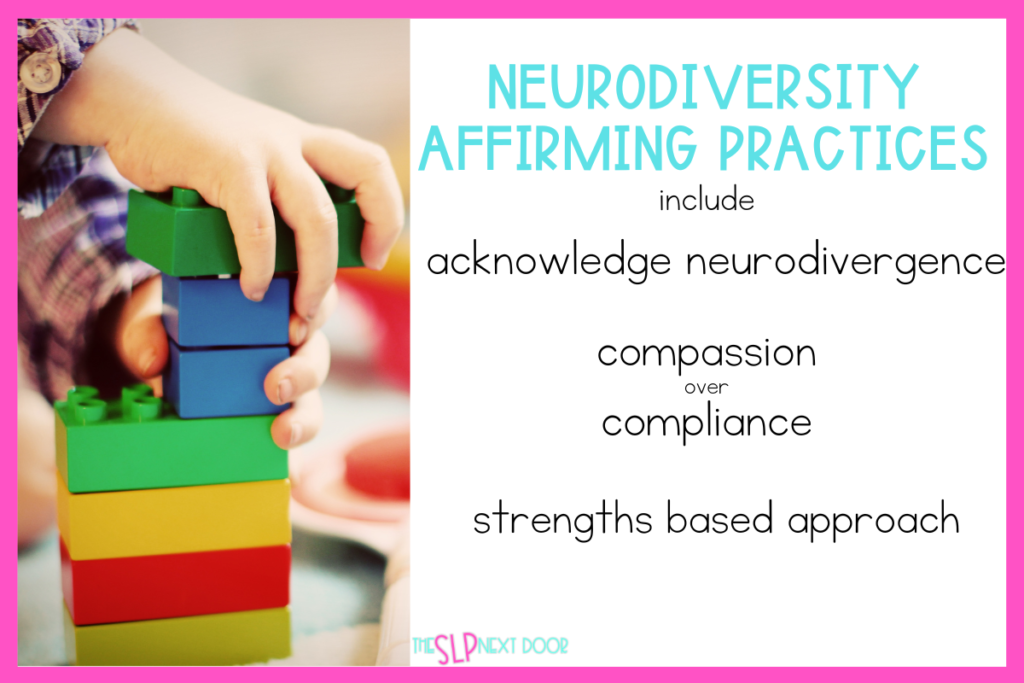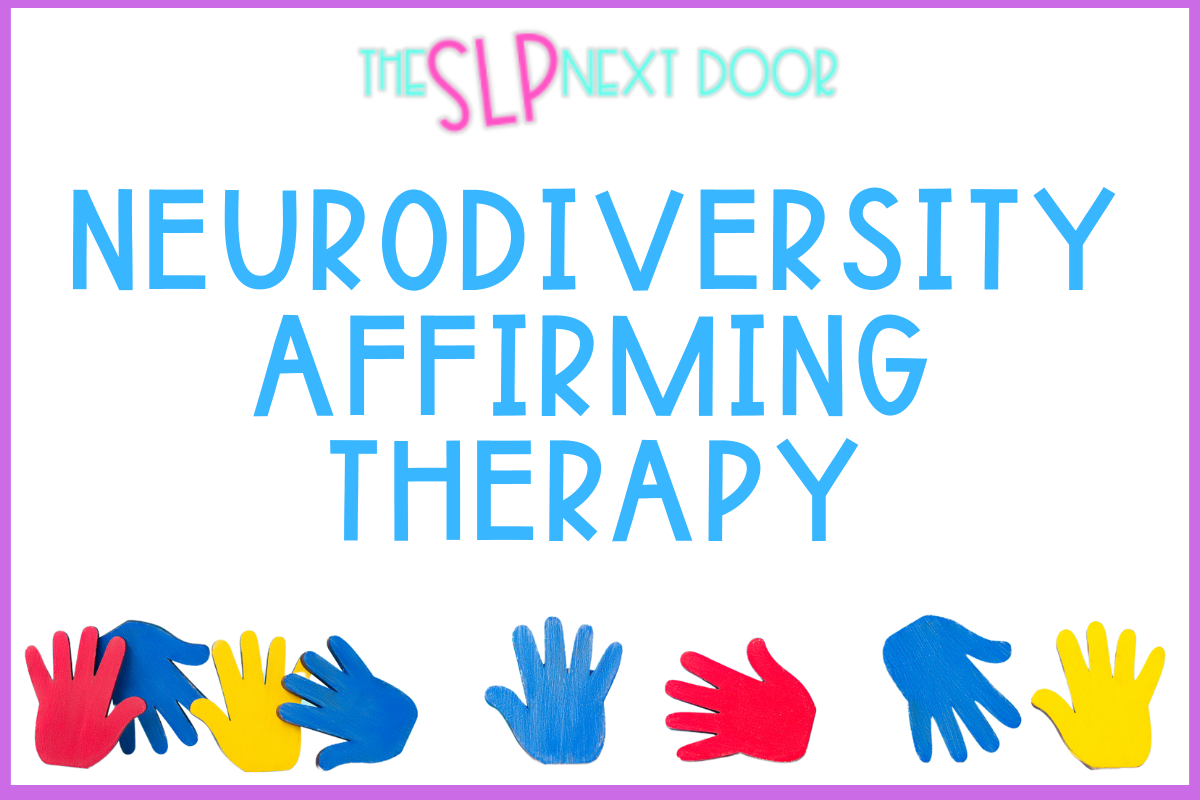If you’re reading this, chances are you’re creating a more compassionate and inclusive environment. Being compassionate and inclusive are especially important for neurodiversity affirming therapy.
Neurodiversity isn’t just a trend – it’s a celebration of the diverse ways brains are wired. We are responsible for ensuring that every child, regardless of their neurodevelopment, feels seen, heard, and valued.
Listen to the podcast episode about this topic featuring Tara Phillips from Autism Little Learners, here!
What qualifies as neurodivergent?
The term neurodiversity was originally coined in the late 1990s by Australian sociologist Judy Singer. Additionally, Dr. Singer used the term to refer to all brains that diverge from neurotypical standards, including those with any mental health diagnosis.
There is no formal list or established guidelines for what is included in neurodiversity. Neurodivergent is the idea that people experience and interact with the world around them in many ways.

Neurodiversity Affirming Therapy
Here are some characteristics of neurodiversity-affirming therapy.
Acknowledging neurodivergence in children. Therapists understand and empathize with the idea that not all children develop, process, or communicate in the same way. A neurodiversity affirming therapist works with the child and caregivers to provide a welcoming and safe space for speech therapy sessions.
Compassion over compliance. Being compassionate is about meeting children where they are and being empathetic to individual differences. Therefore, flexibility and empathy are the keys to success. If you want to see effective development and progress in your speech therapy sessions, meet them where they are, learn their likes and dislikes, and follow their lead.
Side note: It’s 100% possible to be in control of a situation while still giving the child freedom to move at their own pace.
Use a strengths-based approach. Strength based therapy involves therapists working with the child and parent/caregiver. Therapy sessions are particularly focused on using a child’s strengths as a means to encourage other areas of development.
When we embrace the children on our caseload for who they are and use their strengths to encourage communication and other areas of development, we are undoubtedly on the road to neurodiversity affirming practice.
Resources for Neurodiversity Affirming Practice:
Tara Phillips- Autism Little Learners: https://autismlittlelearners.com/
Jessie Ginsburg: https://www.jessieginsburg.com/
Meaningful Speech (Alexandria Zachos): https://www.meaningfulspeech.com/
Cari Ebert Seminars: https://www.cariebertseminars.com/
Rachel Madel: https://www.rachelmadel.com/


